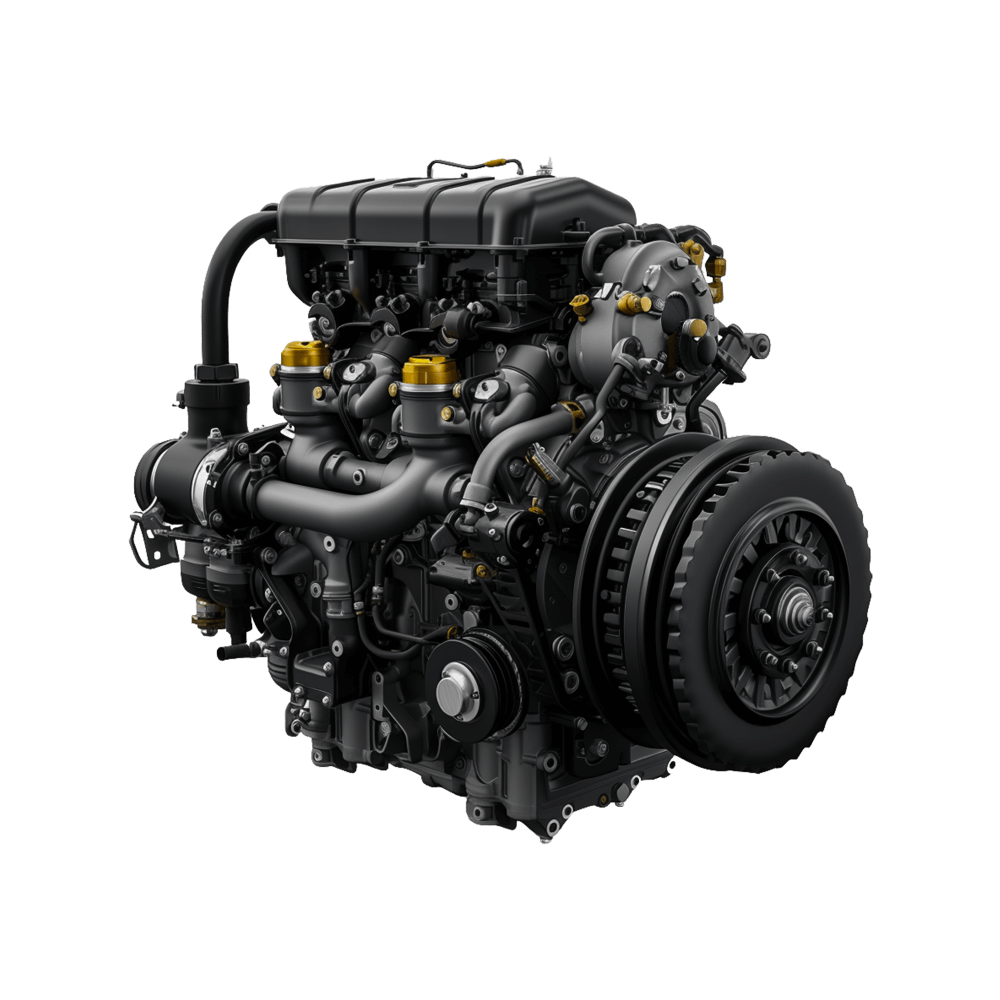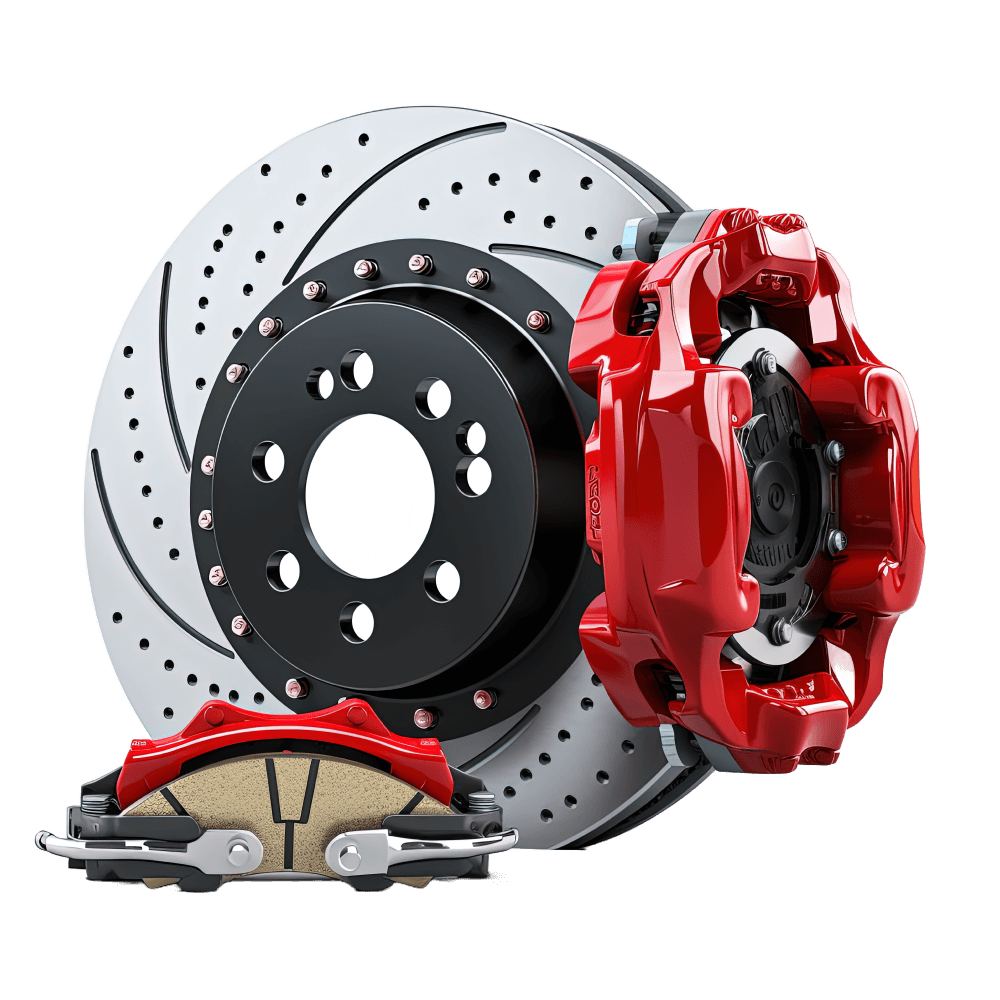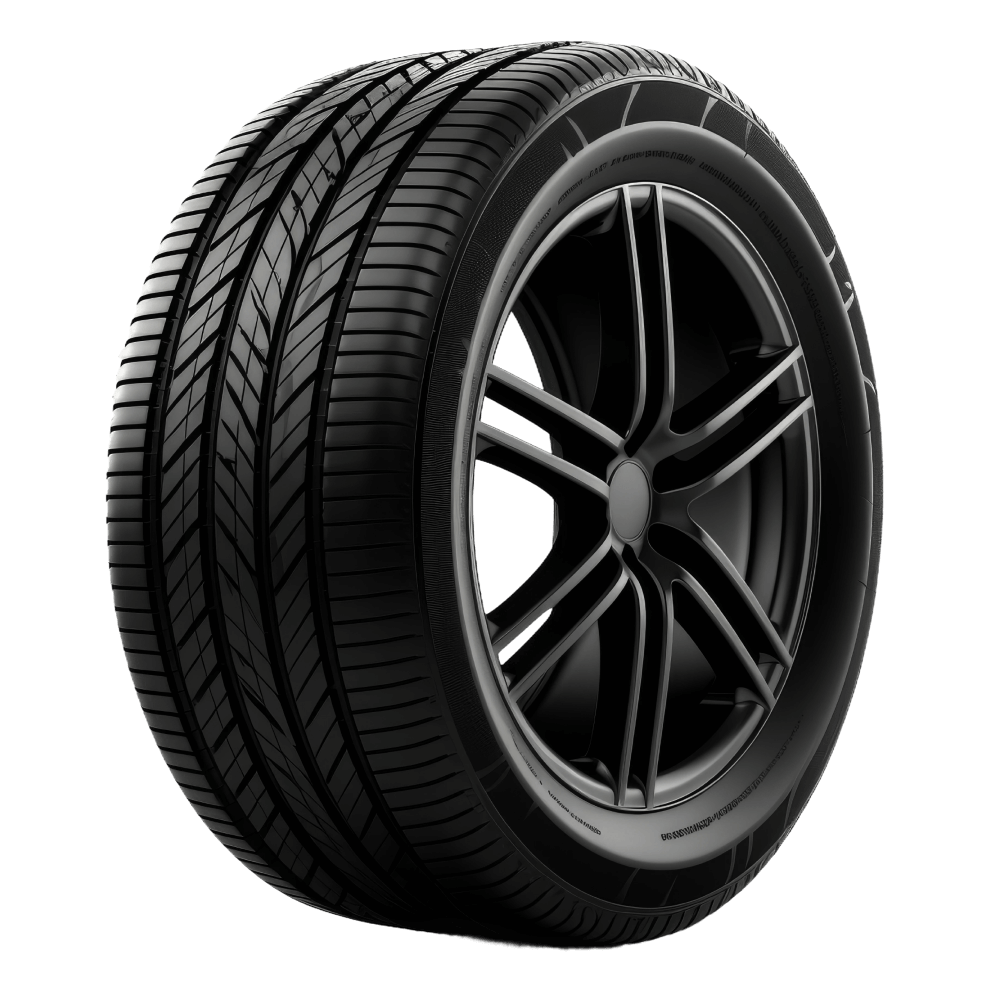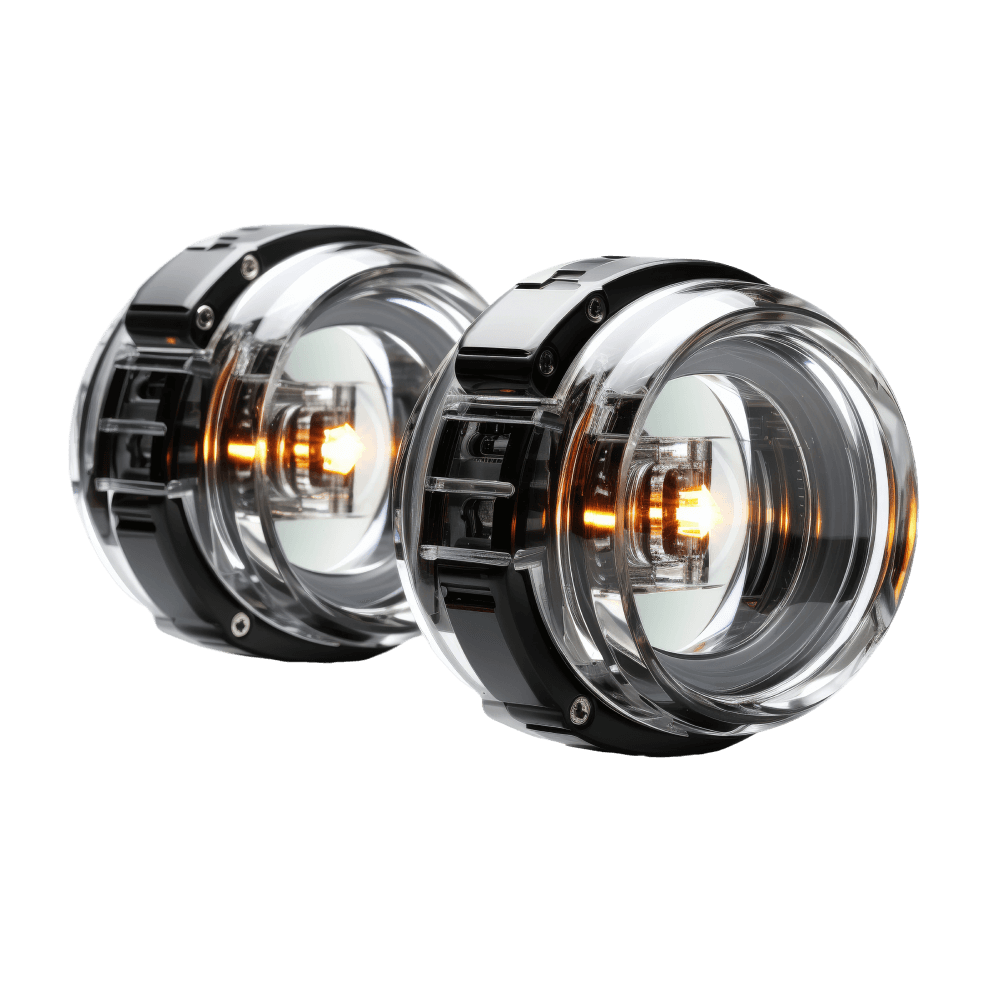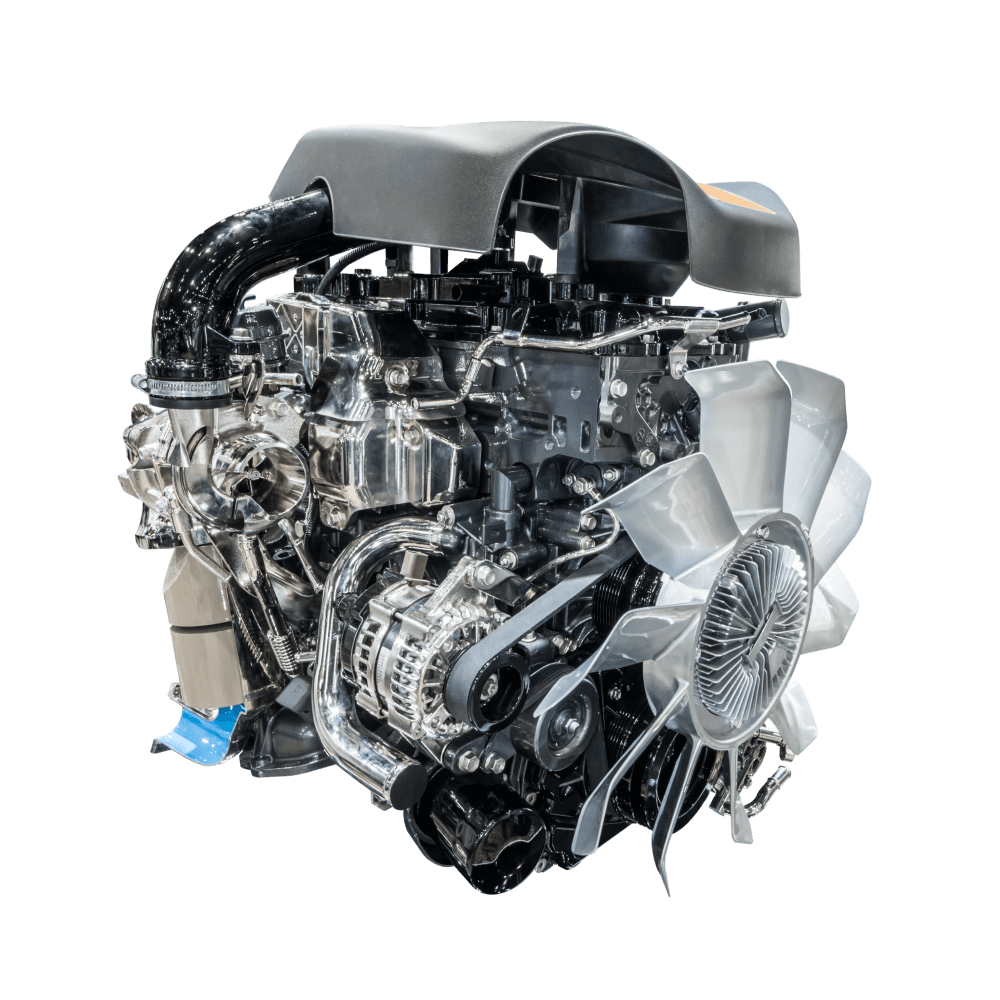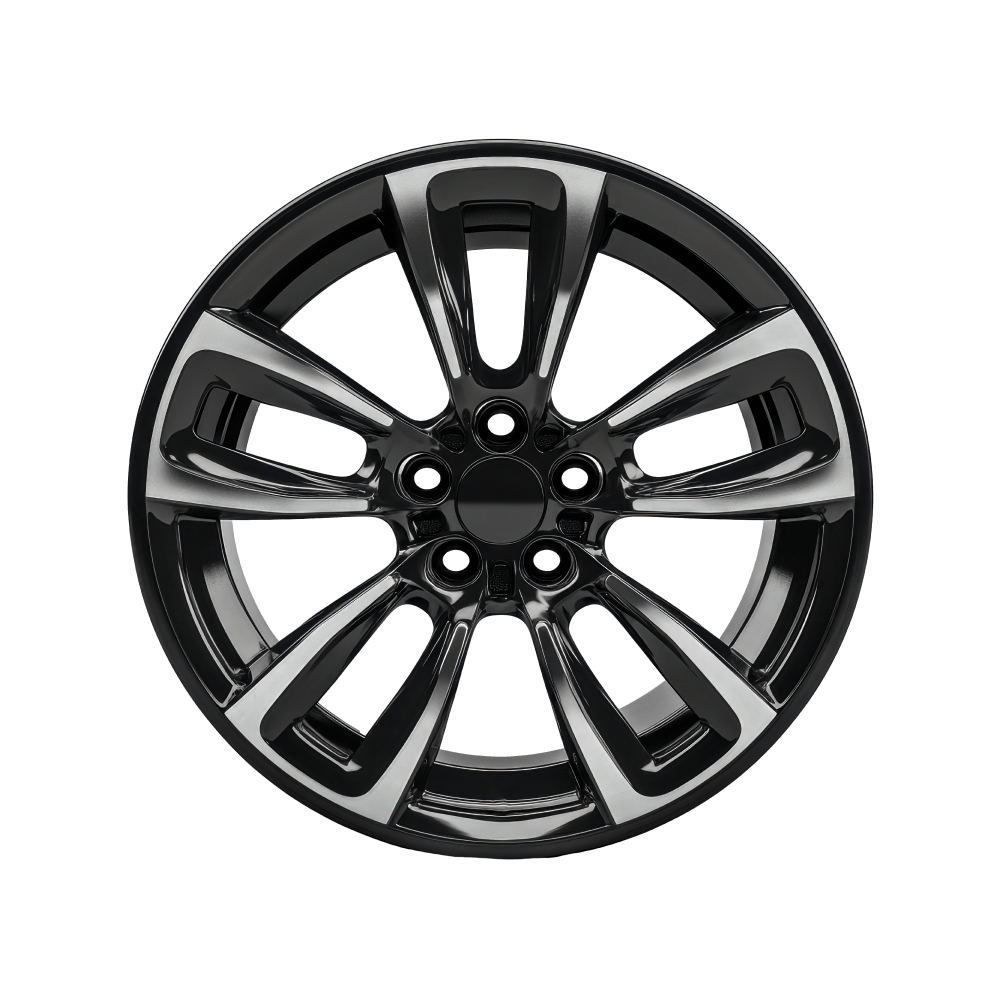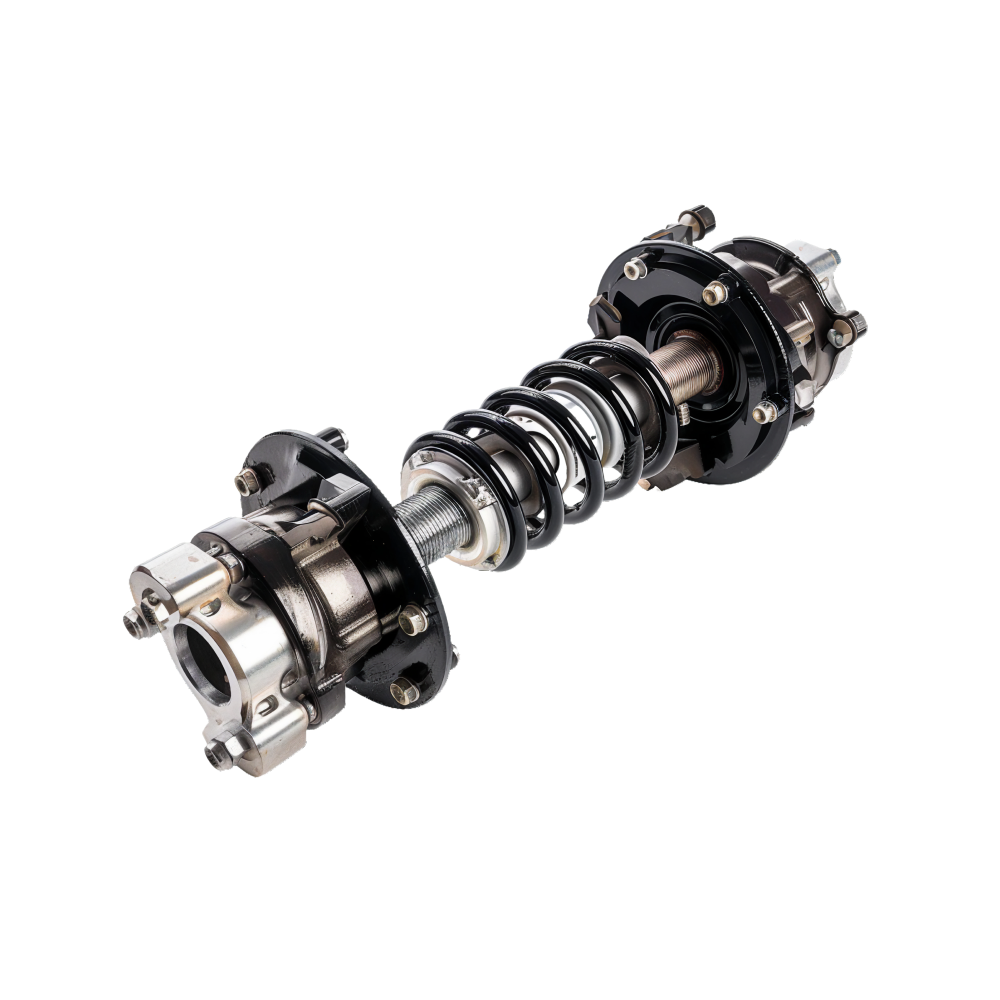China has the world’s largest, fastest-growing, and most competitive automotive market. The number of vehicles on the country’s roads has more than doubled over the past decade, reaching more than 350 million in 2024. Electric vehicle (EV) adoption in China has skyrocketed, too, rising from a 1 percent market share in 2015 to 46 percent in 2024. The 10 percent annual growth of the market is led by domestic brands, which now outnumber—by a 2:1 ratio—joint ventures with overseas companies. These local EV makers are locked in a fierce competition for market share, in which speed has become a key source of advantage.
China’s new EV-focused automakers have slashed the time required to develop a new vehicle, taking new electric models from concept to launch in roughly 24 months1—twice the speed of other automotive companies, where lead times reach 40 to 50 months or even longer (Exhibit 1). Moving at speed allows these companies to differentiate their products with novel technologies and first-to-market features, and their approach offers lessons for legacy automakers around the world.
Deploying development resources with maximum efficiency also helps companies keep product development costs down. That matters, because intense competition in the market is squeezing the margins of all players, even as consumers demand more vehicle features and lower prices with each model cycle.
China’s automakers are now looking to enter new markets alongside established players. BYD, for example, is constructing vehicle assembly plants in Hungary, Indonesia, and Türkiye. And China’s new automotive OEMS are also proving attractive to investors. Four Chinese companies—BYD, Leap, Li Auto, and Seres—have made their EV portfolios profitable, something that many non-China EV automakers are still struggling to do. As investors have recognized an opportunity, the market capitalizations of China’s BYD and Geely and Western disruptors such as Tesla have grown more than fourfold over the past decade, while the 10 largest OEMs by market capitalization, excluding BYD and Tesla, have seen minimal increases on average (Exhibit 2). Over the same period, BYD’s total shareholder return (TSR) grew by more than 550 percentage points, while other large OEMs achieved an average increase of less than one-third of that, or 153 percentage points.
Developing new vehicles faster and at lower cost requires a focus on efficiency at every stage in the product life cycle. China’s new OEMs and Western disruptors are showing they are being strategic about what they produce, how they develop and test, and how they collaborate across the supply chain.2 Those decisions translate into significant reductions in time to market. In the following descriptions, we have analyzed the time-saving potential of each lever based on companies’ own announcements, external data points, and interviews with automotive industry experts.
Estimated reduction in time to market: 1−3 months
Complexity kills speed in product development. Chinese automakers we analyzed have smaller, more focused product portfolios than their legacy OEM rivals. The fastest among them specialize in battery electric vehicles (BEVs), which have fewer components than vehicles with internal combustion (IC) powertrains.
The focus on radical simplification goes right down to the component level, with an emphasis on the use of standard components wherever possible and modular designs that enable modifications without major redesign, qualification, and testing. New OEMs attempt to maximize the number of parts carried over from one product to the next, an approach that is especially common for digital components and parts that are not visible to the consumer.
Estimated reduction in time to market: 9−11 months
Testing physical prototypes is time-consuming and expensive, and automakers will streamline it wherever they can. China’s automotive OEMs use software simulation and virtual prototypes for 65 percent of their testing, compared with 40 to 50 percent in other regions. And three-quarters of those tests are highly automated, compared with around two-thirds in other regions. We estimate that maximizing this use of virtual testing can cut in half the number of physical prototypes required.
Estimated reduction in time to market: 3−10 months
Managing the complex software used in modern vehicles has been a significant challenge for automakers. Chinese players and disruptor Western OEMs, such as Tesla, have turned this into a source of competitive advantage. These companies have developed centralized electronic architectures, with software development run in-house and decoupled from hardware development. Full over-the-air (OTA) software update capabilities allow companies to fix problems rapidly and release new features and improvements after products are already in the market. This, in turn, shortens pre-start-of-production (pre-SOP) development time and lets automakers focus resources on certification- and homologation-relevant software.
Estimated reduction in time to market: 1−4 months
The production of tooling, such as molds for plastic and cast components or dies for sheet metal pressing, is a time-consuming and expensive part of any new-vehicle development process. China’s automakers have made tooling an area of particular focus in their efforts at time and cost reduction. Common strategies include the use of efficient modeling, virtual testing, and review processes to allow the production of tooling to begin earlier in the design cycle, together with the use of soft tooling, such as polymer rather than metal molds for producing low volumes of parts for testing.
Estimated reduction in time to market: 3−4 months
Compared with legacy players, many Chinese automakers retain in-house control over the development of a larger share of vehicle components and systems (for example, battery packaging assembly, electric motors, and e-axles). They have pursued access to technologies, capabilities, and resources through strategic joint ventures and acquisitions. In-house development of these parts gives companies greater control over concept development, detailed design, and integration; saves time that would otherwise be required to select, negotiate, and coordinate with external suppliers; and enables greater reuse of components and systems between models.
These companies are equally rigorous in ensuring control of parts they do procure from suppliers. External sourcing is based upon a foundation of strong, collaborative relationships with suppliers. OEMs initiate joint development work early and work closely and cross-functionally to manage procurement and supplier management during project execution. That might involve procurement teams reviewing early-stage designs to let engineering know if any requirements will be difficult to source, for example. Robust quality management processes help prevent problems with externally sourced components before they can have an impact on project timelines.
Estimated reduction in time to market: 1−3 months
Effective management of product development processes at top companies begins with a clear and lean governance structure. Projects are steered by a small group of four to five executives, who gather several times each week for brief stand-up meetings to discuss product-related topics and make decisions on the spot. This quick decision making characterizes new-vehicle projects from concept to design freeze, including choices about vehicle positioning, the definition of design requirements, and discussion of change requests.
Another area where China’s leading automotive OEMs have excelled is in the use of advanced tech-enabled tools across the product development organization. These companies have been quick to adopt a new generation of project management systems that use advanced analytics and gen AI to create a clear, actionable, near-real-time picture of project status. These systems don’t just provide real-time reminders of upcoming deadlines for the whole project team; they also can flag risks and potential delays, as well as monitor the daily progress of projects against time and cost targets.
China’s acceleration of automotive product development comes with risks as well as benefits. One key concern for the industry is the impact of short vehicle life cycles. Legacy manufacturers typically produce variants of a single model for seven to ten years. That gives them plenty of time to stabilize manufacturing, refine supply chains, and amortize tooling and setup costs. An automotive market in which customers expect brand-new models every two to five years will put additional pressure on OEMs and suppliers to streamline their production operations and maximize component reuse between product iterations.
The new wave of automotive manufacturing offers fresh insight for legacy companies seeking to learn how to develop their products faster and more cost-effectively.
To compete in a faster, leaner product development landscape, companies must act decisively. The key steps identified in our analysis are clear:
By adopting even a few of these strategies, legacy companies can begin unlocking significant reductions in time to market and development costs—positioning themselves to thrive in an increasingly competitive world.
Kimberly Borden is a senior partner in McKinsey’s Chicago office, Sebastian Küchler is a partner in the Munich office, Arturo Santos is an associate partner in the Southern California office, and Carolin Dost is an expert associate partner in the Frankfurt office.
The authors wish to thank Alexander Will, Huston Julian, Miklos Horvath, Sarah Pomiersky, Thomas Fang, and Tony Zhou for their contributions to this article.


